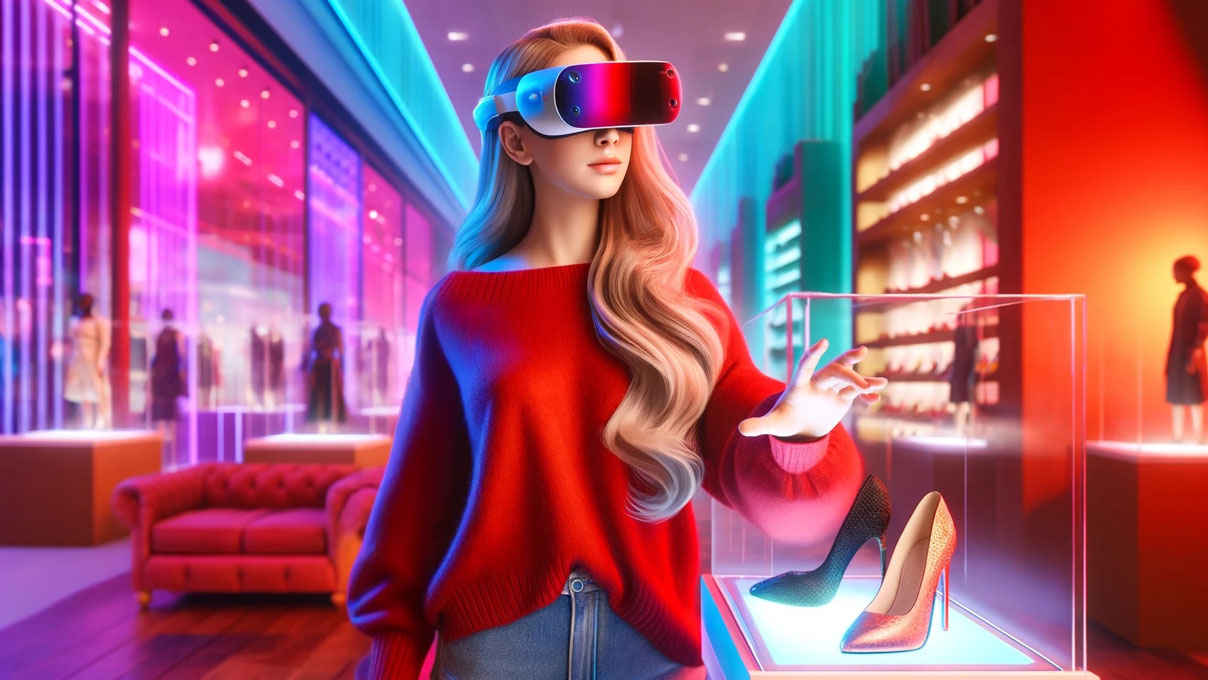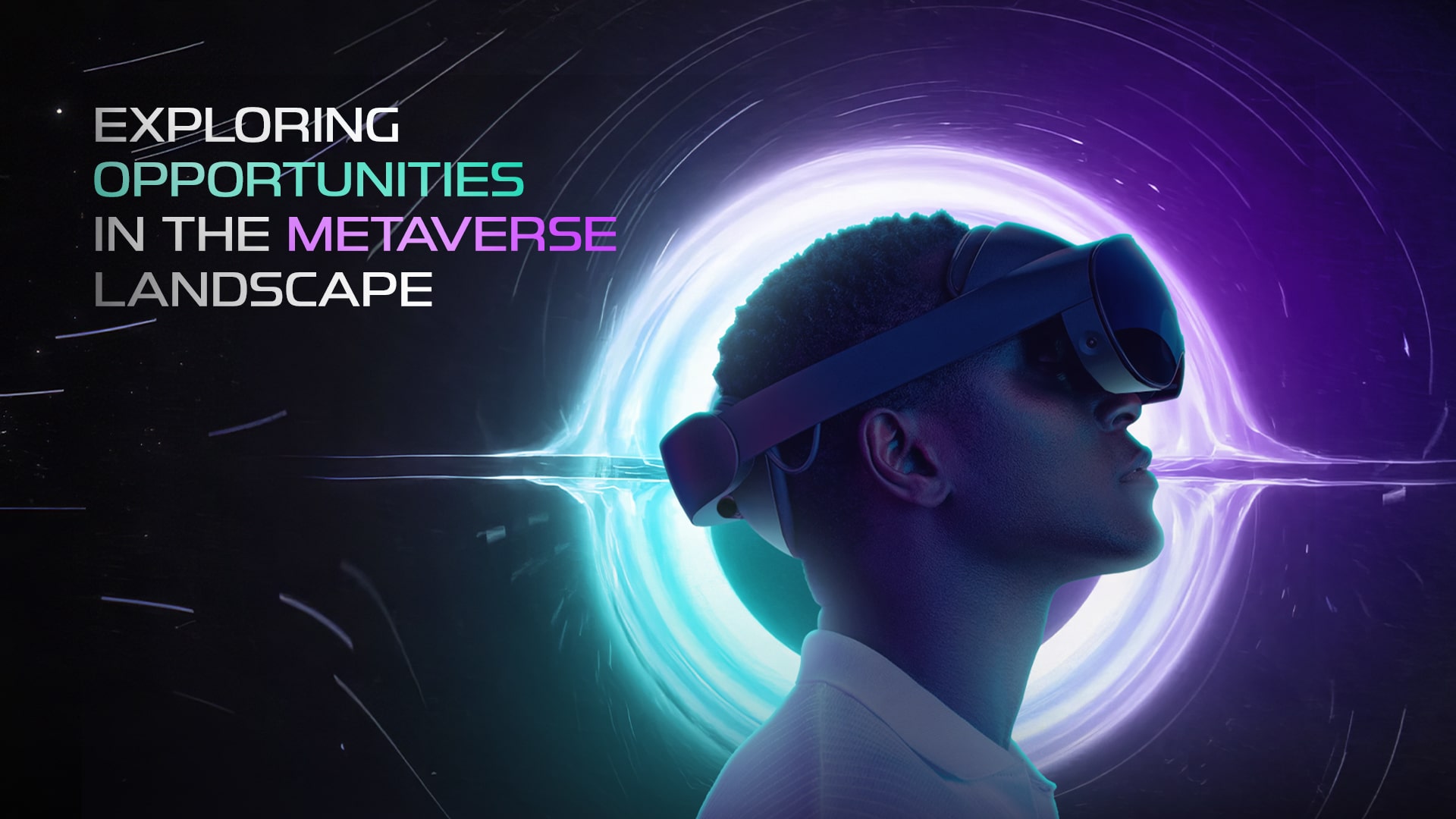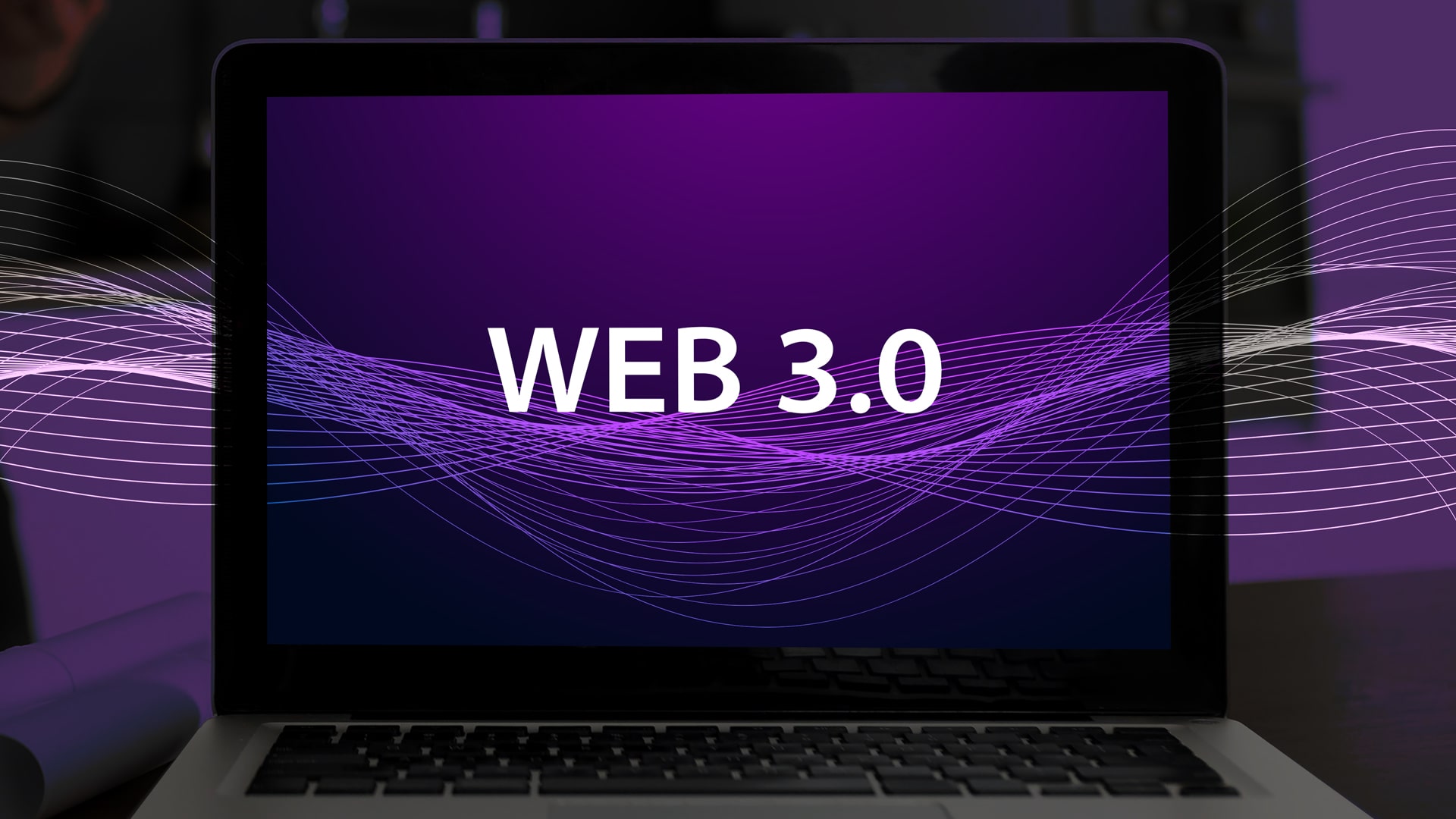
Cryptocurrency, NFTs, blockchain, and metaverse. You’ve surely heard about these in the last few years, and may not know what some of them even mean. Now, there’s another futuristic buzzword: Web 3.0, or the next generation of the web.
But, like most new concepts in tech, marketers and venture capital firms just throw around the term carelessly, confusing many people who are eager to learn about this technology. Hopefully, this post can be an antidote to all of that by giving you a full review of Web 3.0, its history, key features, challenges, and future. So, let’s not waste more time.
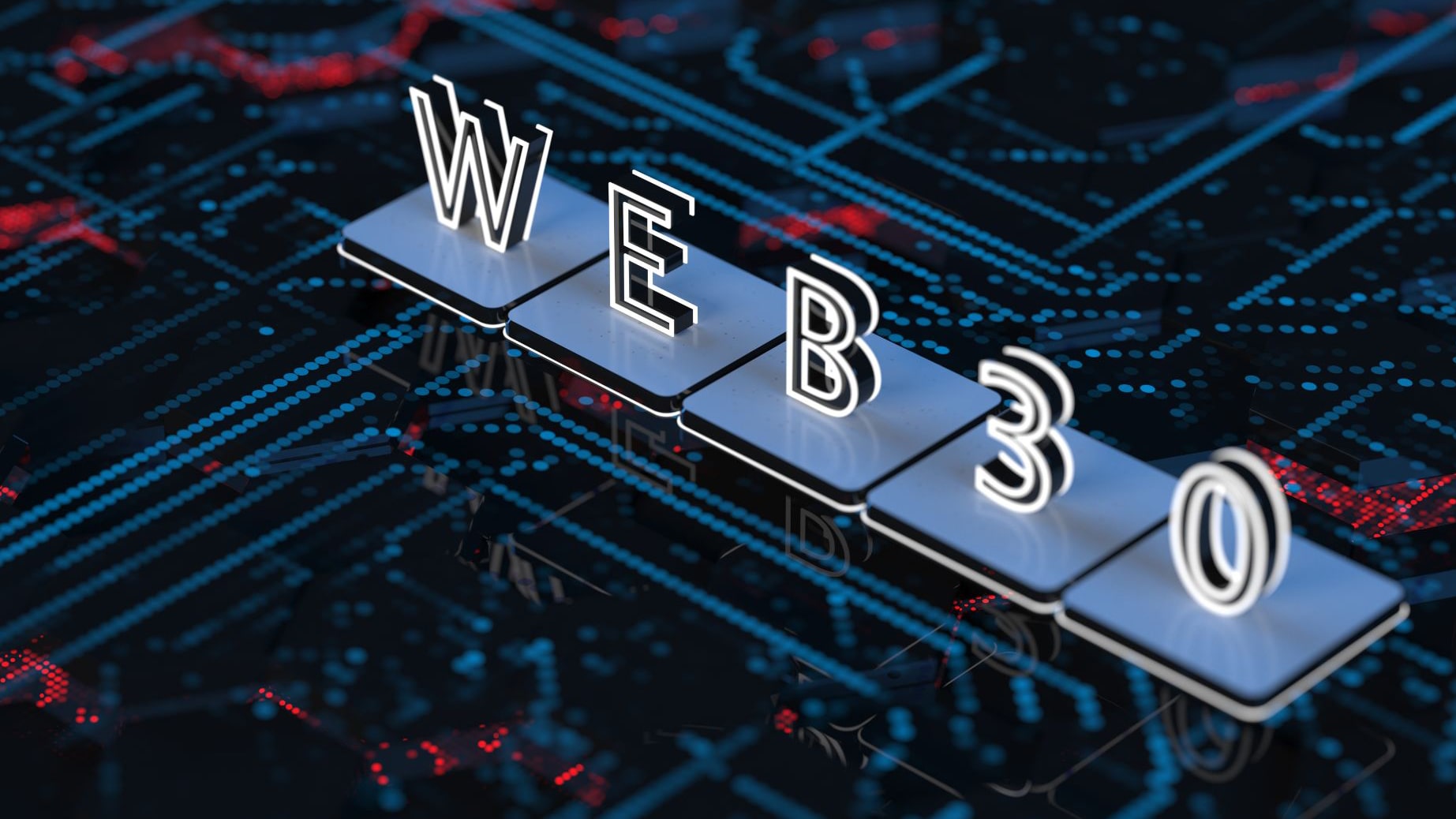
What Is Web 3.0 (Web3)?
Web 3.0 or Web3 is the next generation of the web, taking the internet experience to a whole new level. Just picture a web where consumers have more influence than large tech giants. You can make the internet better and more familiar by doing this. By using technologies such as artificial intelligence and blockchain—the same technology that powers cryptocurrencies—Web3 seeks to build a web that is more responsive to your needs and uses applications that do not depend on one centralized entity.
Think of it as a web that doesn’t just link websites together; it also links people and businesses together directly, cutting out the middleman. In this world, you’ll have more power over your information and online activities. Web3 is all about giving everyone more control over the internet and making it easier for people to use.
Evolution of the Web
We all have come a long way from 1991 when Tim Berners-Lee made the web available to the public. Since then, many genius minds all over the world have helped the web transition into a whole new generation. So far, the web has gone through three major breakthroughs, or generations:
Web 1.0: Read-only
When we all first started using the World Wide Web in the early 1990s, it was called Web 1.0. Read-only material is one of the most important things about Web 1.0. This means that people are mostly just reading and not making anything. It was the golden days of the internet with content and innovations that nobody had ever seen before. The only issue was limitations. In other words, it was still small.
Web 2.0: The Age of Social Media
With the advent of Web 2.0 came the dominance of social media sites like Facebook in 2004 and Twitter in 2006. Most of the content is now created by users, rather than being read-only. Websites known as “wikis” allow people to work together and modify material. The majority of Web 2.0 users are involved in content creation and consumption, which is why the term “participative web” is used to describe it.
Web 2.0 continues to use the same underlying technologies as Web 1.0, but it is still centralized and controlled by large tech companies. The prime example of that is Google and how any internet user, including businesses and individuals, is a “citizen” of this platform.
Web 3.0: User Empowerment
In contrast to Web 2.0’s centralized data and service management, Web 3.0 decentralizes these aspects of the web. Fundamentally, User With Web 3.0, the focus is on giving users more control over their online experience by making it more decentralized, private, and immersive.
It’s essentially a network where users and developers share ownership. In other words, the data doesn’t only come from the top. Rather, any user and content consumer can also be a creator at the same time. In contrast to Web 2.0, where businesses make money off of user-generated content, Web 3.0 gives you direct payment for your work. To be clear, it doesn’t mean that Web3 is devoid of social media platforms like Twitter and Facebook.
For a related read, check out: Examples Of Web 3.0 Applications, Websites, Tools
Why Is Web 3.0 Important?
With Web 2.0, lots of new things have happened in the realms of social networking, online shopping, and communication. But, privacy and centralization have always been major problems for internet users.
Now, many elements in Web 3.0 can help solve these challenges. Some of those elements are:
Data Ownership
Gaining control over your data is a fundamental feature of Web3. This gives you control over the data you provide, including its recipients and applications. Web3 gives people more say over their information and online profiles. Businesses can no longer access or use your personal information.
Decentralization
In order to encourage decentralization, Web3 works to limit the influence of dominant entities like governments and tech companies. It is very important to do this to improve safety, privacy, and independence from control. People and groups can have more control over what they do online with this tool.
Interoperability
The goal of Web3 is to eliminate barriers between blockchain networks and applications. This integration allows users around the world to get closer to one another, upgrade their existing infrastructure, and scale their operations without compromising their quality.
How Will Web 3.0 Work?
There will be many changes as we move from Web 2.0 to Web 3.0. In terms of coding, HTML is a cornerstone of Web 2.0 platforms, and it’ll continue to be so in the next generation, but it’ll interact with a decentralized data structure.
Unlike the previous generations, our data will be mostly on decentralized platforms, like blockchains, that don’t give all the power to a single central authority. Instead, this creates a more democratic ecosystem where users can control how they use and monetize their data. The user community can also have a voice in the governance process of a company, impacting its future direction.
As you’ll see below, another big change is going to be incorporating AI and ML into content creation and searching experience. This means that instead of zeros and ones, you can “talk” to the machine just like you do with another human being.
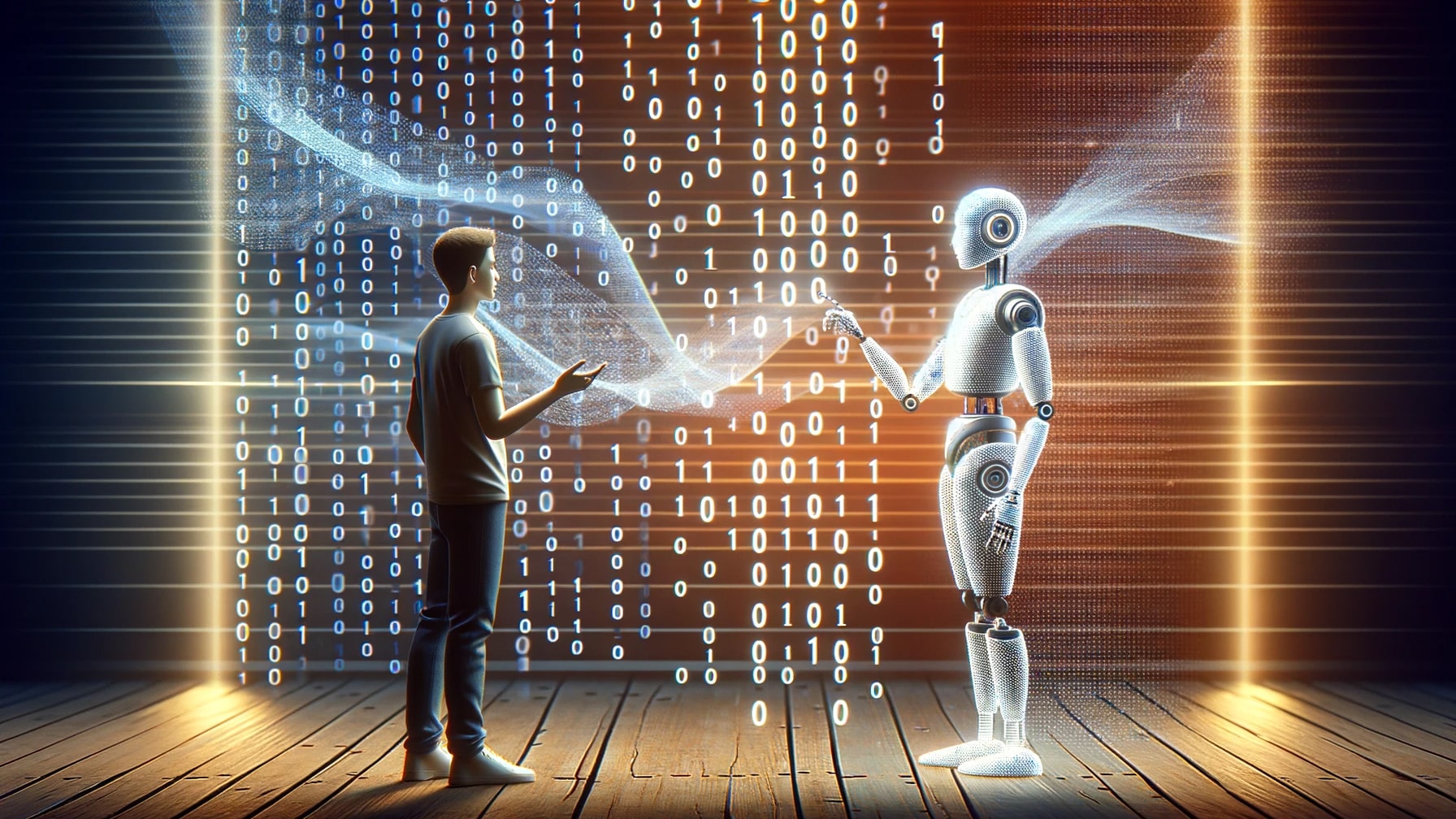
Web 3.0 Features and Technologies
Web 3.0’s evolution from Web 2.0 may take a while—maybe even a decade or more. There may not be a consensus on what Web 3.0 is just yet, but there are several key technologies and features:
Decentralization
With Web 3.0, you don’t have to store all of your data in a single centralized source like Meta. The new decentralized structure would give customers greater autonomy by decentralizing data storage from internet behemoths like Google.
As we go toward Web 3.0, people will be able to sell the data produced by their more powerful smartphones and desktop computers over decentralized networks while keeping all the rights of the data.
Interoperability
Today, blockchains have a big problem: they can only function inside their own environments. In a perfect world, all blockchains would be able to communicate and exchange assets; this is the goal of Web3. By making sure that various apps and platforms can work together without a hitch, interoperability opens up new avenues for cooperation and development in the Web3 age.
Smart Contracts
This innovation allows contracts to operate autonomously via automatic code. Using smart contracts, developers may build one-of-a-kind automated functions while also making the ecosystem more effective. They make agreements between parties more transparent and less expensive by cutting the middlemen off the deal.
Semantic Web
A semantic web is a collection of data that makes it easy for computers to understand and handle them. The key is to connect online content in a manner that computers, not people, can understand. The idea behind the Semantic Web is that websites can understand user queries just like people, leading to more intelligent content generation and sharing.
AI & ML
Artificial Intelligence (AI) and Machine Learning (ML) have made a huge splash in the last year. Using Natural Language Processing (NLP), the machine doesn’t need elaborate commands to fulfill your wishes because it can naturally “process” human dialog like a person.
If you haven’t experienced this already, make sure to try a tool like ChatGPT-3 as it is the perfect example of NLP in real life. Instead of typing codes and commands, you can just simply write: “Give me a list of ten clever, unique names for my new bakery”, and get the list in a matter of seconds.
Now, AI will become even better in time as it uses ML and deep learning algorithms to refine its knowledge base and offer faster, more accurate results.
Use Cases and Applications
Web 3.0 is a fairly new approach to technology, but the lines between different generations aren’t always very clear. So, some of the tools we’ve talked about here may have been around for years, but they don’t contradict the idea of data ownership or decentralization.
We can already see some super popular use cases and applications of Web 3.0. Some of them are:
NFTs
First, there are Non-Fungible Tokens (NFTs) that let people buy different kinds of assets like songs, videos, and more. Non-fungible means one-of-a-kind and irreplaceable. So, whatever song or picture you buy, it is the only one out here.
In online marketplaces like Opensea, NFTs are traded alongside cryptocurrencies. Plus, they make for great long-term investments because if you buy the right thing, there’s no telling how much profit you’ll make in a few years.
Metaverse
The metaverse is an online space that looks a lot like the real world. It can be described as a 3D web. VR/AR glasses, computers, and phones can all help you move around in this area. Big tech companies like Meta have put a lot of money into developing this technology and with Web 3.0, you’ll get a more open and decentralized experience where everyone gets their fair share through NFTs and crypto tokens.
Blockchain Gaming
After games like Axie Infinity did really well, the “play-to-earn” strategy became very popular. Even though there are problems, combining games and autonomous technologies looks like it will make a comeback, particularly if the focus changes to making the player experience better. Much like many games in this sector, you can go through the levels and earn real rewards in the form of crypto tokens.
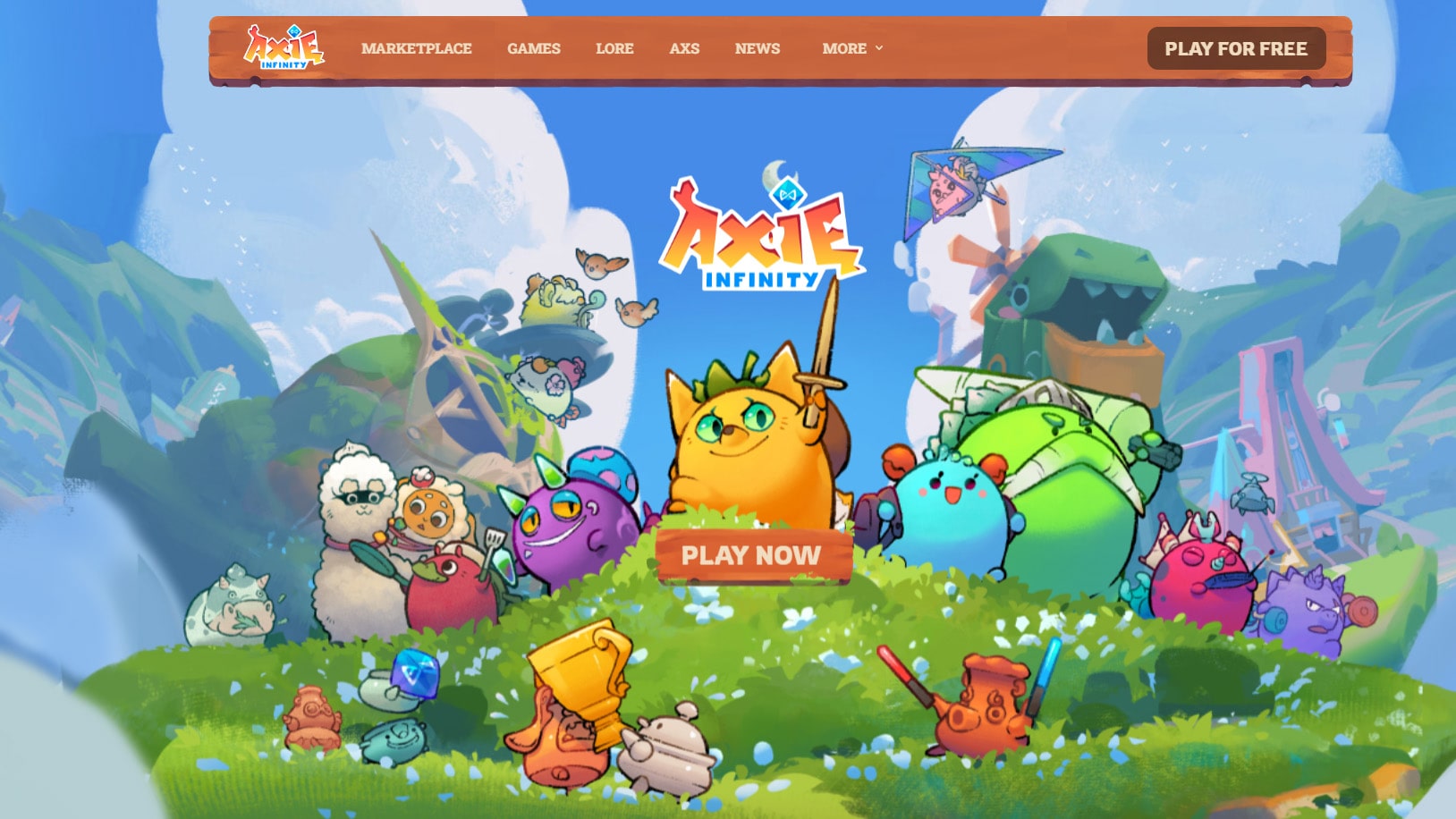
Creator Economy
This is probably the most notable application of Web 3.0. Basically, the Web 3.0 creator economy means that you as a content creator can directly connect to your audience and monetize your material in a way that’s not possible with intermediaries like YouTube.
What Are the Potential Benefits of Web 3.0?
With more applications and easier navigation, Web 3.0 will keep growing. In time, more and more users will embrace the technology as it offers many benefits, including:
Natural Searching Experience
As was already said, NLP allows you and the computer to clearly understand each other without any complicated zeros and ones. Basically, you can think about taking ChatGPT and incorporating this new technology into your favorite search engine.
Besides the obvious benefits for consumers, there is almost no learning curve, and companies can improve their websites for search engines in a more natural way instead of using difficult keyword strategies.
Better Features
In addition to enhancing websites, Web 3.0 will pave the way for web applications that offer users superior experiences. Google Maps is one example of mapping software that has turned into a much more comprehensive package. It can now do more than just find a location. It can also plan trips, suggest hotels, and give live traffic reports.
Transparency
This is one of the biggest positives for Web 3.0, an ecosystem that allows users to keep an eye on their information and get their hands on the source code. Everyone with a stake in the business will always know what it stands for and what kind of company it is. Also, websites can offer a more personalized browsing experience as AI and NLP make it easier for them to figure out what users like.
Engagement Through Incentives
When people contribute to Web3 sites, they receive rewards, typically in the form of crypto tokens, which makes new business approaches possible and gets people more involved. These rewards can get more people to use and connect with autonomous platforms and apps.
People’s Power in Decision-Making
You can already see this in many cryptocurrency platforms and projects where the “token holders”, based on their amount of tokens, get voting rights. Using this right, they have a big role in deciding the future direction of the project, meaning that they don’t have to simply accept the decisions that come from the top of the pyramid.
In some cases, they can even pitch a proposal and let other token holders decide if the idea has merit.
What Are the Potential Challenges of Web 3.0?
While Web 3.0 solves many of the long-standing issues with previous generations, it’s still not perfect. In fact, some of its very benefits can be a double-edged sword. Here are several potential downsides of Web 3.0.
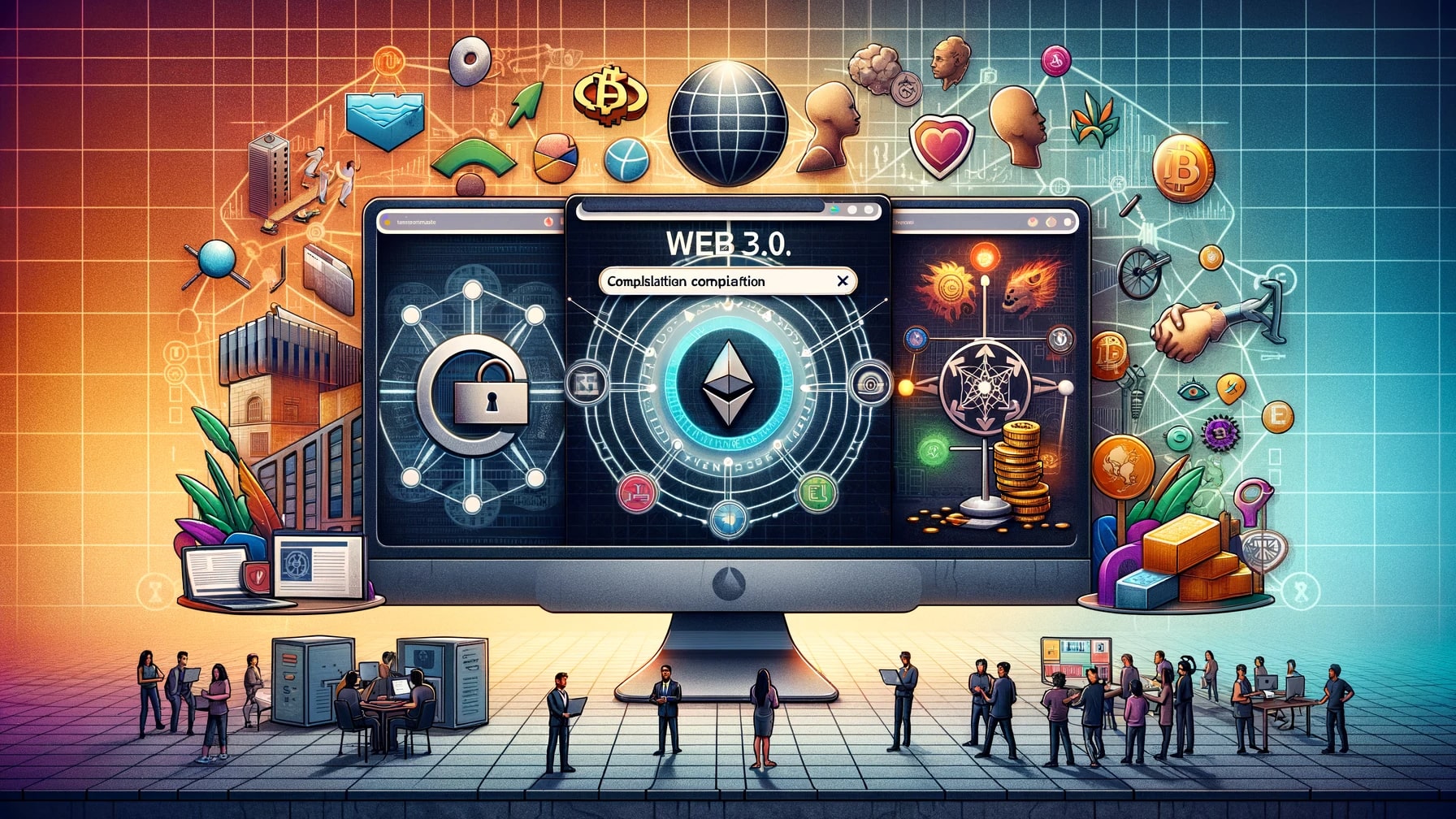
Decentralization
Web 3.0 tries to make things less centralized, but it still needs centralized organizations to replicate their roles. One such example is the browser plugin that powers Metamask’s wallet. However, there are security risks associated with these protocols. Of course, it’s still too early to judge this new stage of the web.
Compliance
Much like crypto and NFTs, Web 3.0 is still in the early stages and it’ll constantly change over time. This means that the regulations have to keep up with the changes by establishing a dialogue with developers and the user community. In other words, you want to achieve decentralization while still following the regulations.
Education
User Web 3.0 can only be successful if a vast range of people embrace it. It is critical to launch educational campaigns that make decentralized technology and its advantages easier to grasp. More people will embrace Web 3.0 if it has intuitive interfaces and good onboarding processes.
When Will Web 3.0 Be Released?
It’s not easy, or perhaps accurate, to talk about the release and launch dates because Web 3.0 is not a product. It is a set of technologies and components that are always growing and improving to gain maximum adoption.
Some components like decentralized apps (dApps) and blockchain have been around for quite a while others like NFTs and metaverse are still under development. Basically, Web 3.0 will never be “released” because there’s always room to improve interoperability, ownership, user experience, and transparency.
What’s great is that Web 3.0 offers massive potential for businesses and you don’t have to wait for the final release to take advantage of it. There are already powerful tools in gamification marketing, NFT development/marketing, and AR/VR metaverse that can give any business a huge edge in the market.
Luckily, we at Dream Farm Agency are experts at using these tools to put businesses on the map, and we can do the same for you as well. You just have to get in touch with our experts and get the answers you need.

Rojan
